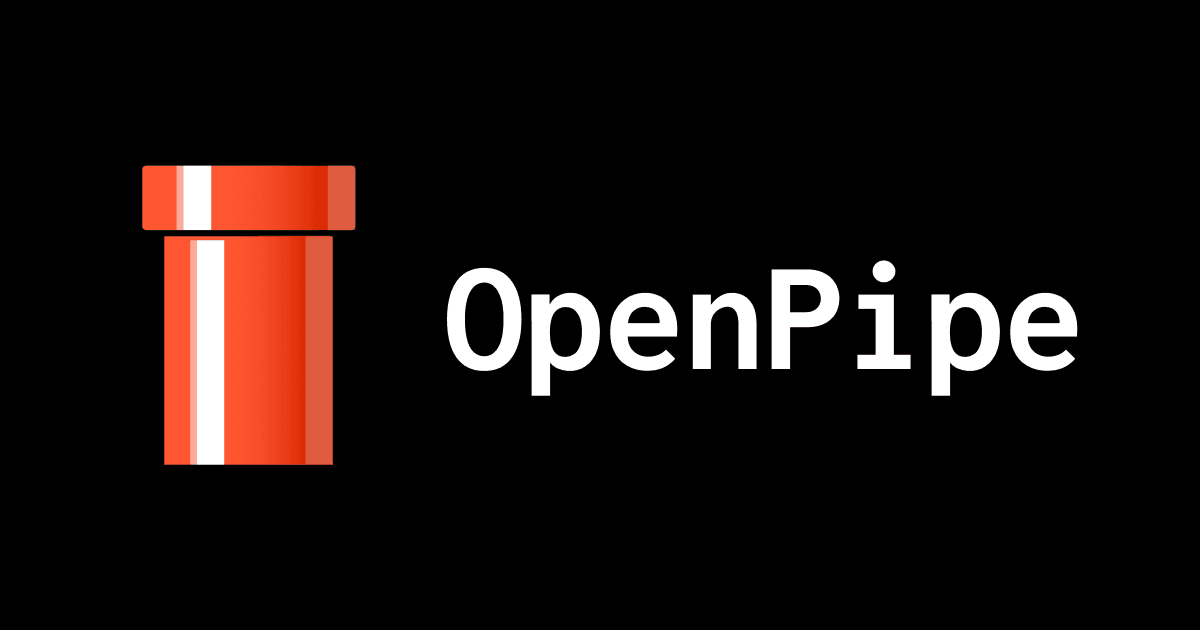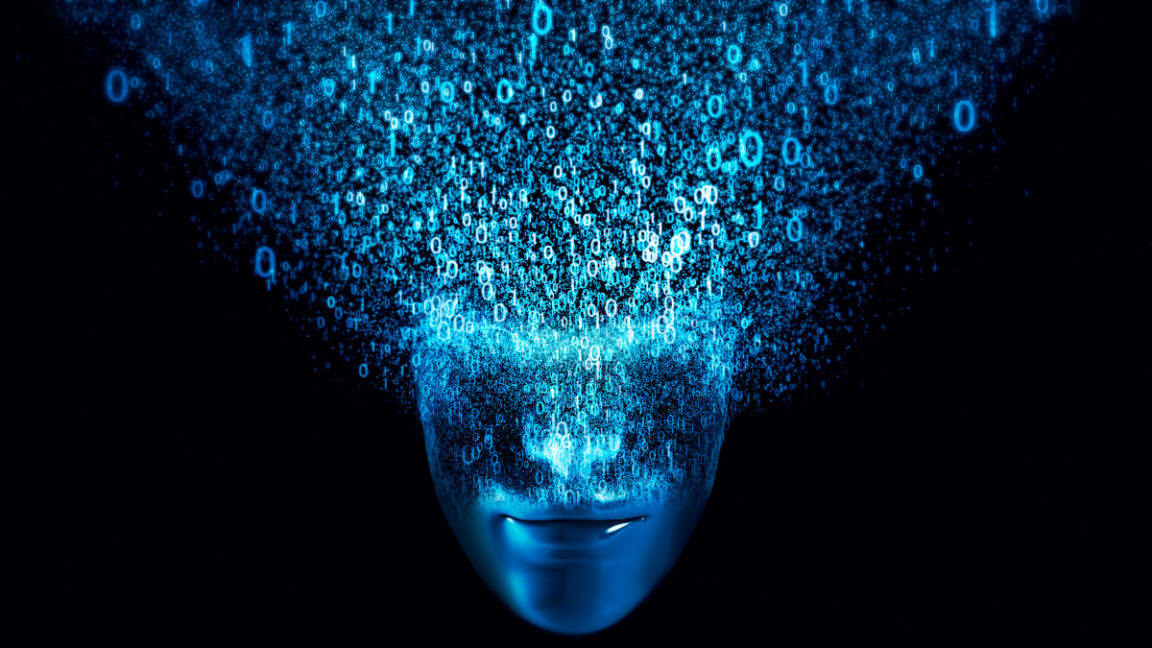Variational Lossy Autoencoders: When RNNs Ignore Latent Variables

This paper tackles the challenge of combining Recurrent Neural Networks (RNNs) with Variational Autoencoders (VAEs). While VAEs use latent variables to learn data representations, RNNs as decoders often ignore these latents, directly learning the data distribution. The authors propose Variational Lossy Autoencoders (VLAEs), which restrict the RNN's access to information, forcing it to leverage latent variables for encoding global structure. Experiments demonstrate VLAEs learn compressed and semantically rich latent representations.














